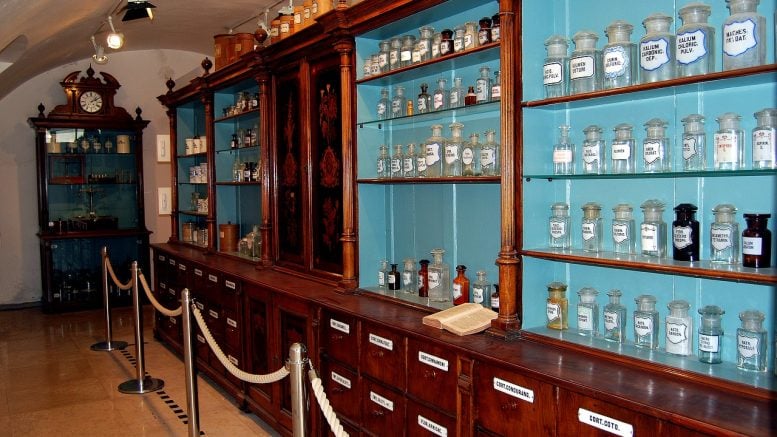On March 21, 2010, the Congress passed the legislation called “The Patient Protection and Affordable Care Act”. President Obama signed it and since March 23, 2010, most of Americans gained an access to healthcare services. Most of the services were designed for those people, who have a low household income and, otherwise, couldn’t afford the health care services the other way. In this article, you will see the changes and how the changes affected on pharmacies and their daily practice.
Under the agreement with the Secretary of Health and Human Services (HHS), the third parties will be able to pay the specific discounts to the pharmacies. Different benefits, like lower rates and discounts, should cover the payment gap, which was interfering with the compliance of the senior patients. The gap which was appeared after Medicare Part D didn’t cover all the medications and services provided to the seniors, should be completely closed over the next 10 years.
Another innovation, which affected pharmacies is that they are no longer required to have a compliance with Medicare Durable Medical Equipment (DME) accreditation in some cases. However, it only affected pharmacies, which don’t wish to be competitive and be on the top. Qualifying criteria includes 4 different requirements to be met: 1) DME billings should be 5% of less; 2) the absence of abuse determination and adverse fraud (for the last 5 years); 3)Durable Medical Equipment, Prosthetics/Orthotics, and Supplies Fee Schedule (DMEPOS) billings are less than 5% of pharmacy total sales (3 years period); 4) pharmacies should submit the documentation, which verifies all the information in items 1-3. If pharmacy still needs to get the accreditation, they should know about the deadline, which is January 2011. Also, a pharmacy benefit manager should disclose some of the health plan financial information to the secretary of HHS. This information will be used by Medicare Part D plans and health insurance exchanges (stated based insurance exchanges should start their work in 2014).
Other important changes
One of the most interesting innovations for pharmacies is the opportunity to obtain grants for providing patients with medication therapy management (MTM). The Act tries to increase the medical adherence and the proper use of medications by stimulating pharmacists to provide customers with MTM services. Unfortunately, at this moment the criteria of the eligibility for such kind of grants is not totally clear, but it should be specified in the nearest months. With providing the patients with MTM services, the Act now fixed the Medicaid reimbursement process and rates. Before the Act, pharmacies were reimbursed below acquisition cost. With fixing those issues with reimbursement, the definition of Average Manufacturer Price (AMP) was improved, so the impact of the previous law was mitigated.
With “The Patient Protection and Affordable Care Act”, the number of in-network (or simply “covered entities”) was increased. Those entities are eligible to receive the discount on the drugs under the program called “340B”. Another good news is that the covered entities are now allowed to contact multiple pharmacies, not a single one like it was before. On the other hand, the Act prevents hospital inpatients to receive the discounts under the 340B program.
Medicare Part D plans are now engaged to decrease the rate of medications waste. In 2012, new doses of medications will be dispensing in hospitals, clinics and other long-term healthcare entities on the daily or automated basis for the patients under Medicare Part D. The negative scenario for pharmacies is that they could be asked to dispense the medications more frequently without obtaining higher dispensing charges.
Another change is made by the Act, is that the employers should provide their employees with the medical insurance plans. The requirements are different for different types of companies. If there are 50 or fewer employees, they should be provided with a health insurance plans, otherwise, the company would face fines and penalties. If there are less than 25 employees, the company will get tax credits for medical insurance plans.
In the conclusion, The Patient Protection and Affordable Care Act” affects most of the healthcare entities, but pharmacies are affected the most. It’s hard to tell, what will be the effect of this Act and how it will be implemented, but it should regulate and resolve the multiple issues of the U.S. healthcare system and its compliance.





Be the first to comment on "Healthcare Reform Effects On Pharmacies"